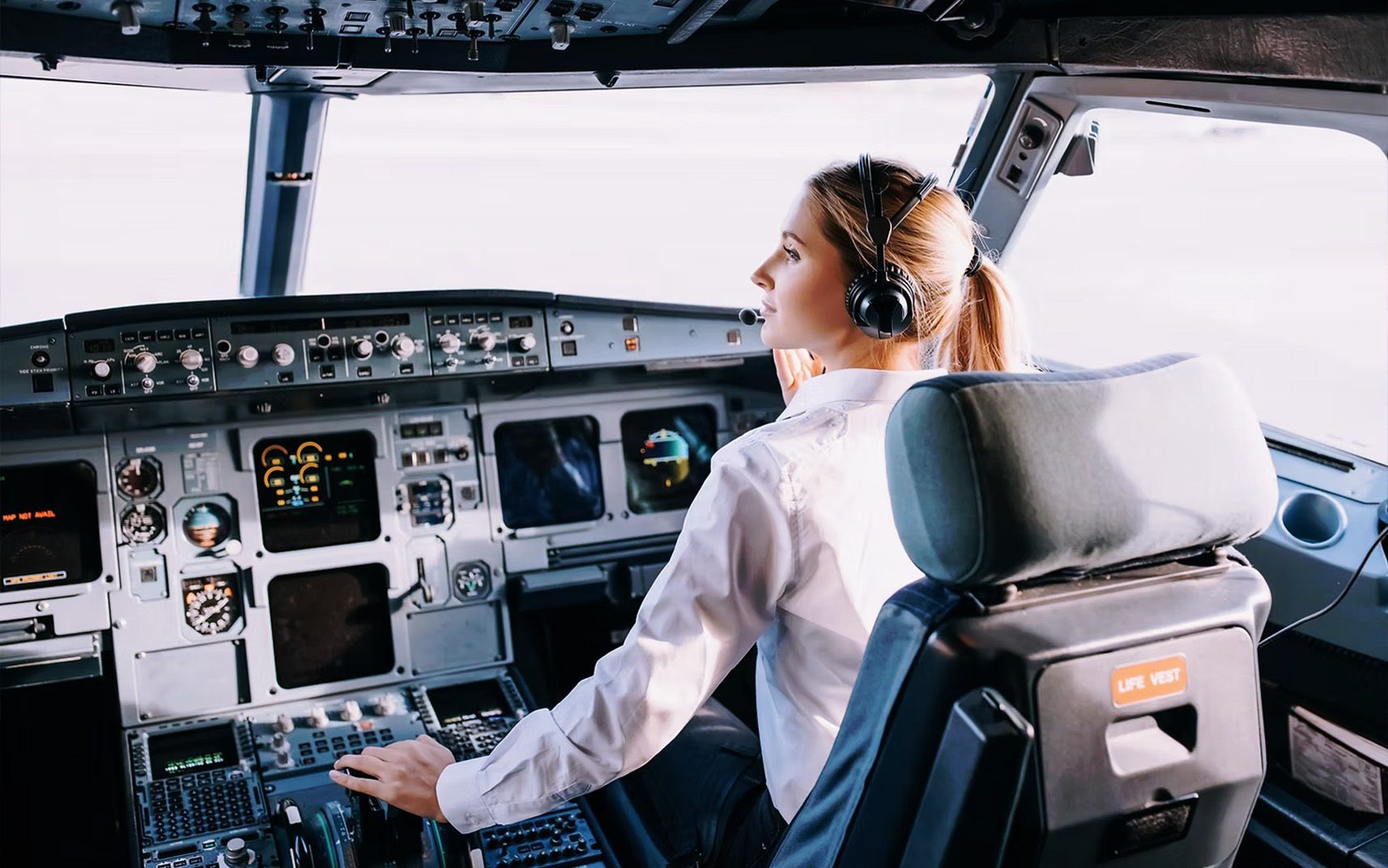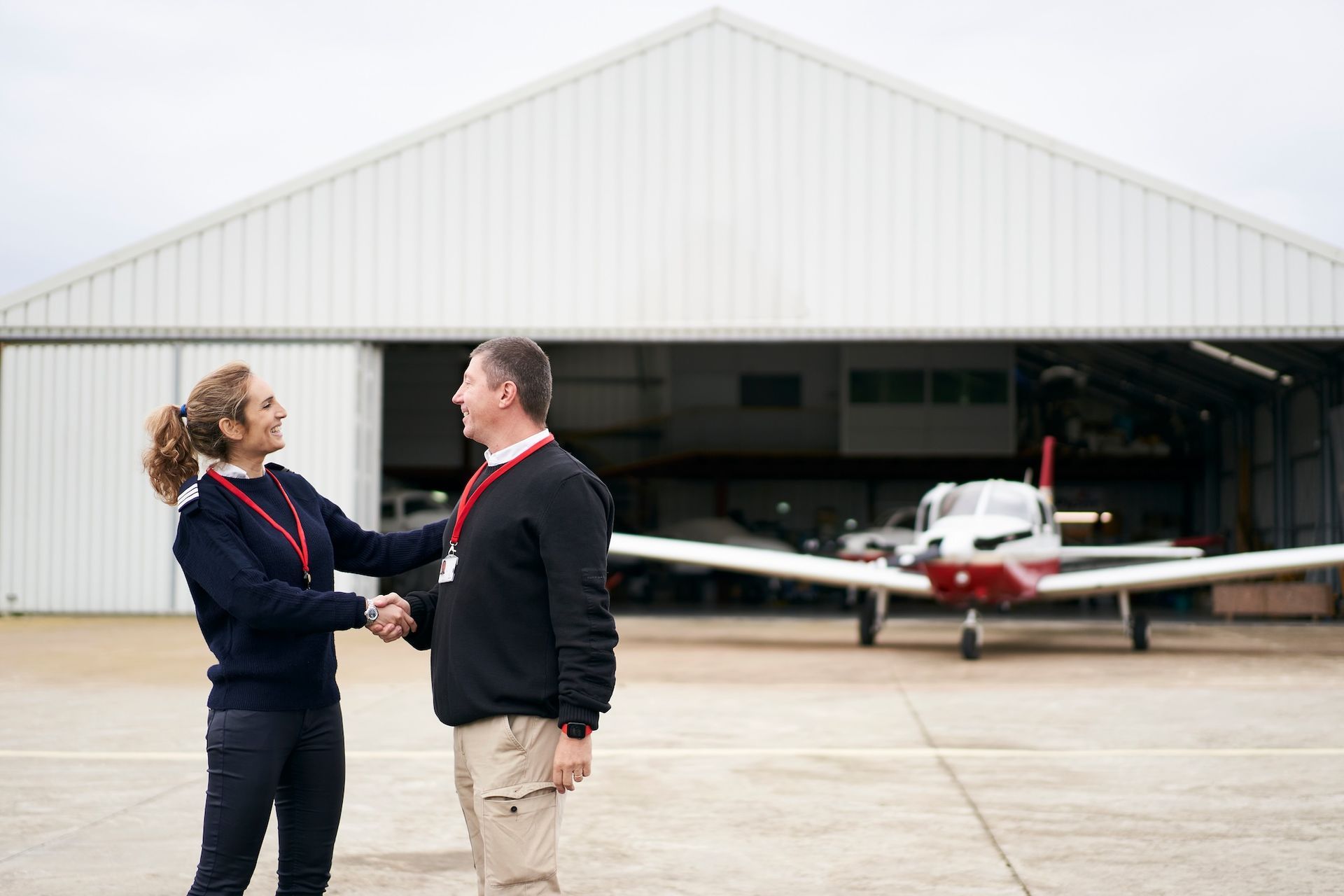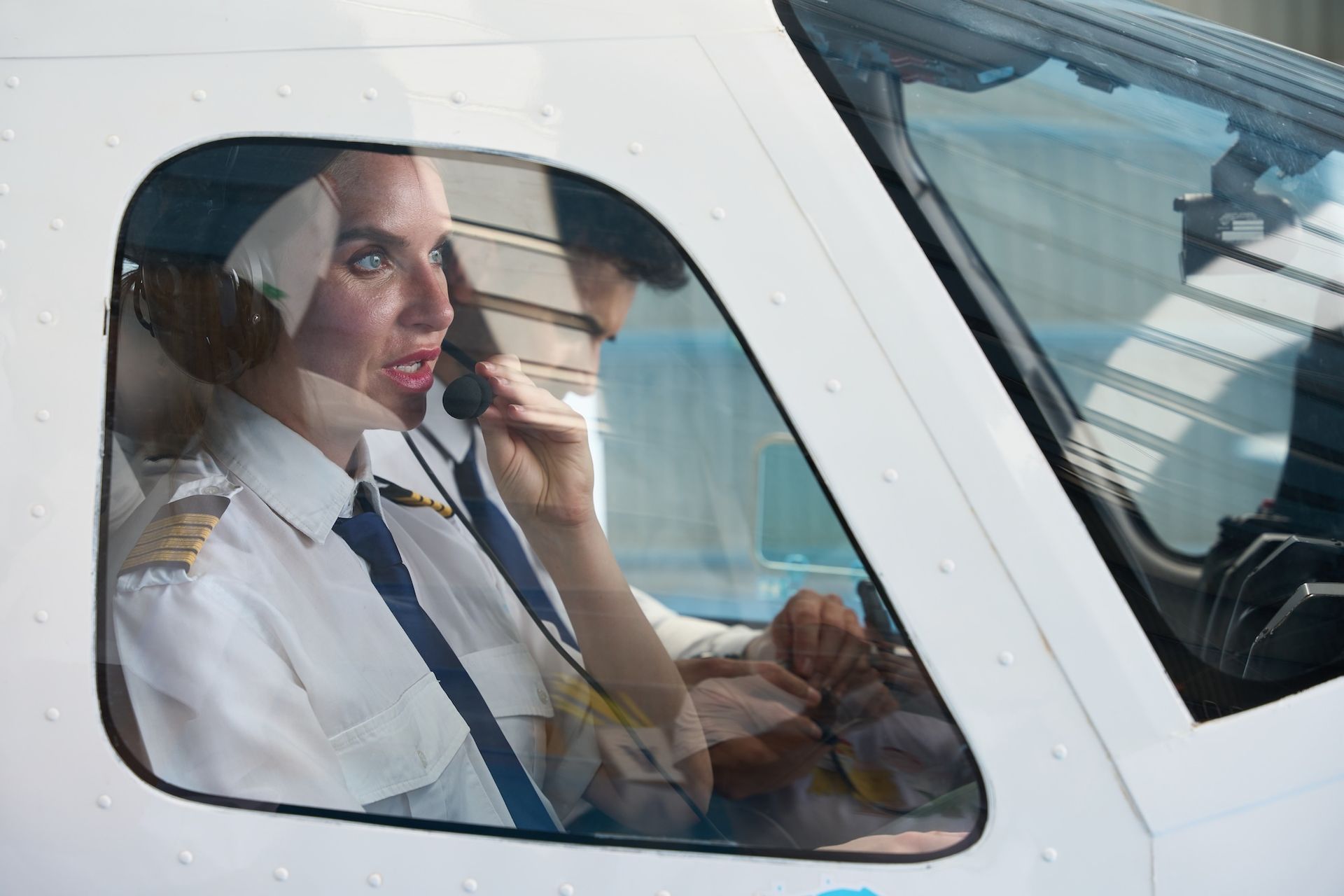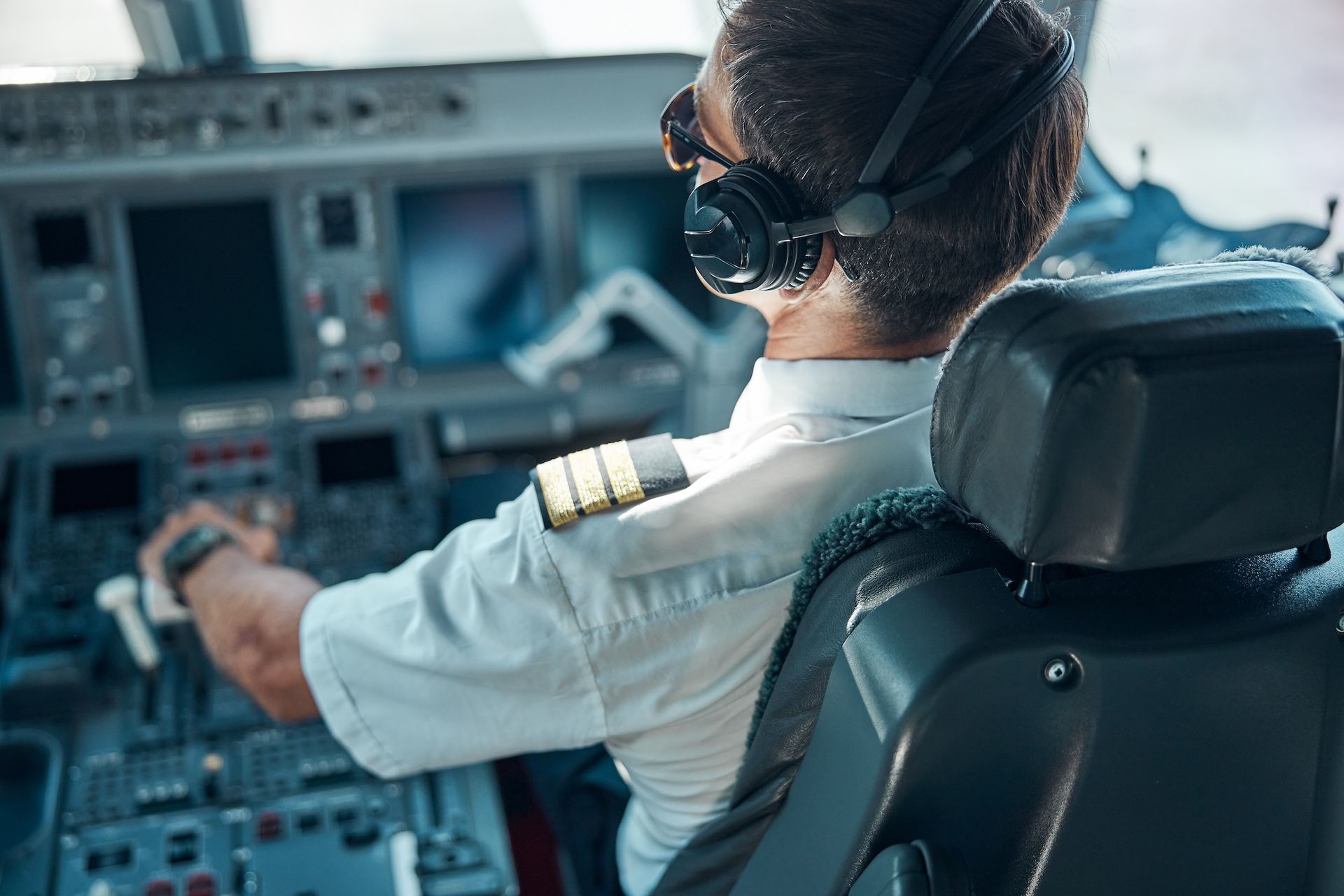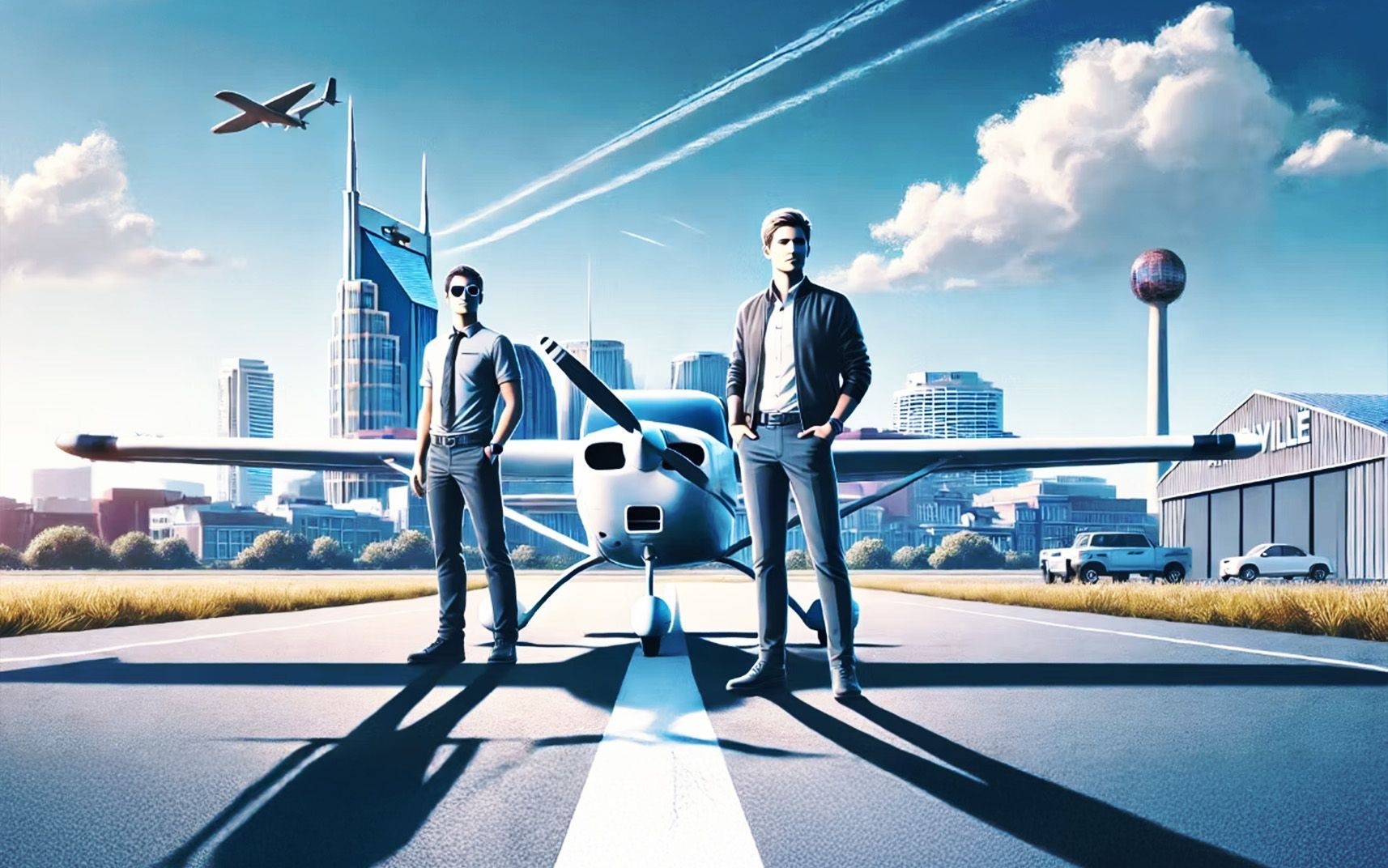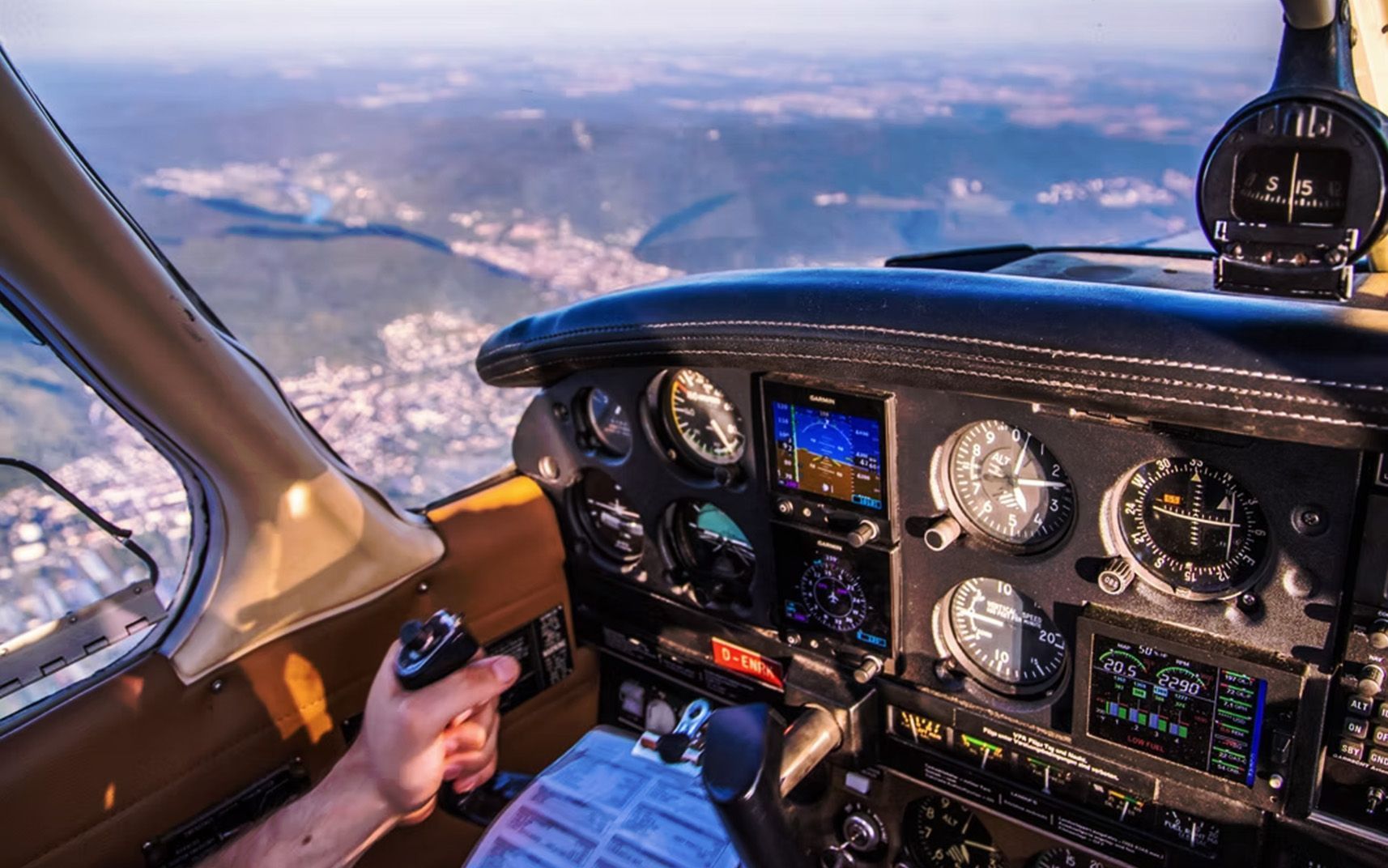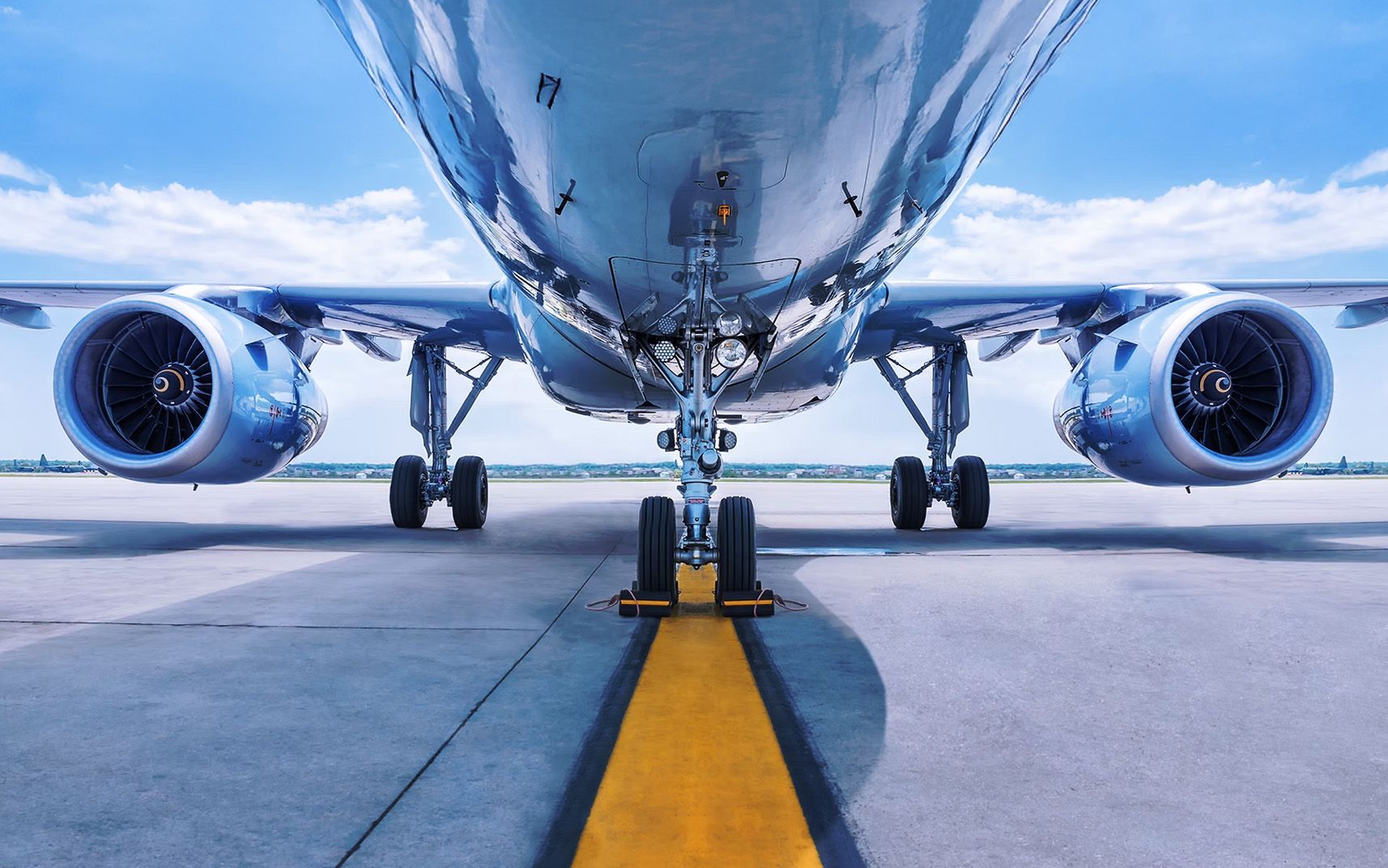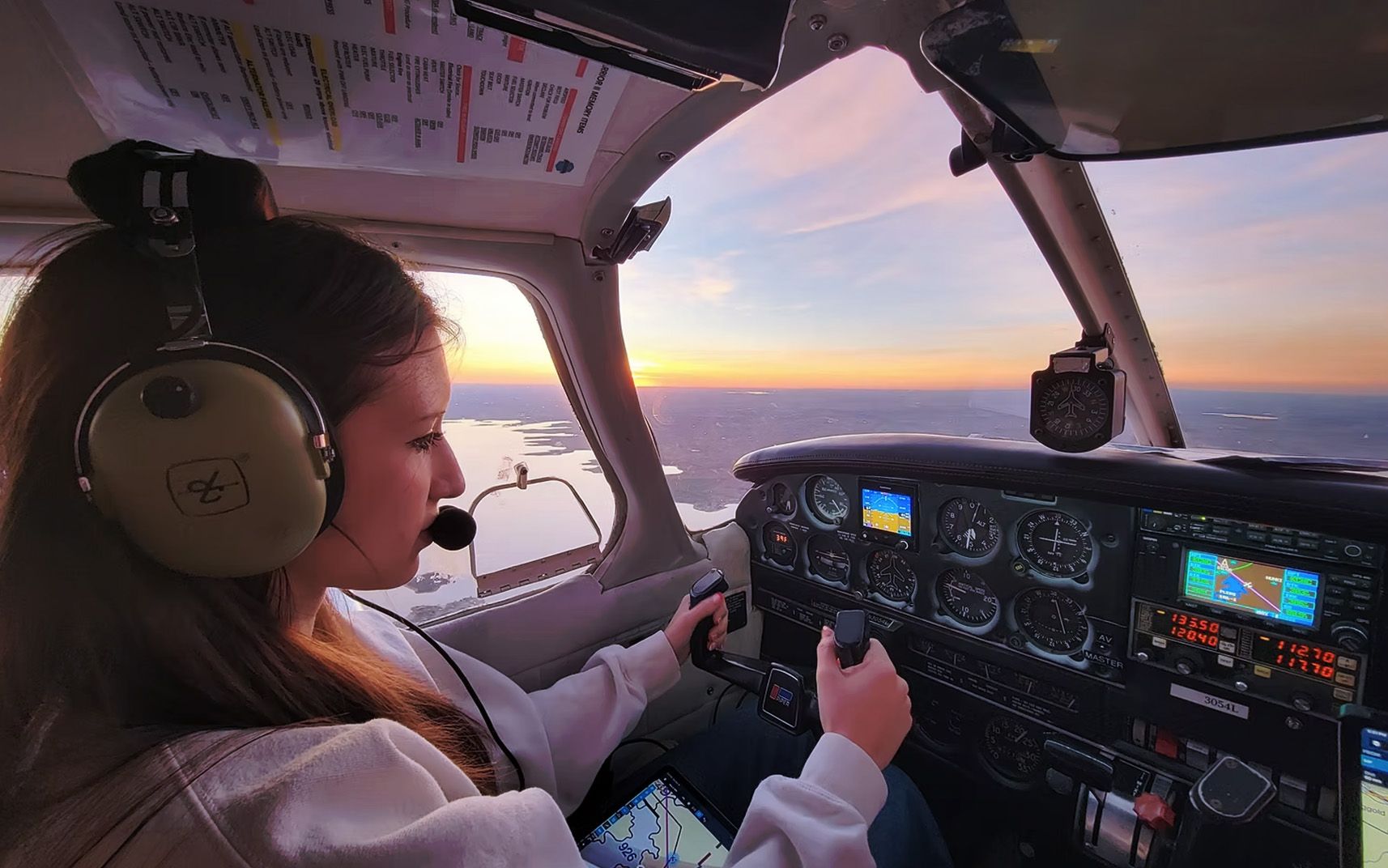Why Skipping College Can Fast-Track Your Pilot Career (and Boost Your Lifetime Earnings)
Share this article
Picture this: while your high school classmates are cramming for midterms and racking up student debt, you could already be in the cockpit, building flight hours, and earning a paycheck. Sounds too good to be true? It's not. The aviation industry is one of the few remaining fields where you can bypass the traditional four-year college route and still land a career that pays six figures: often more than many college graduates ever see.
Here's the reality check: college might actually be holding you back from achieving your pilot dreams and maximizing your earning potential. Let's break down why going straight into professional flight training could be the smartest career move you'll ever make.
The Time Advantage: Start Flying While Others Are Still Studying
The math is simple, but the impact is massive. Traditional college takes four years. Professional pilot training? You can be flying for the airlines in as little as 18-24 months.
While your peers spend four years in lecture halls, you'll be accumulating the 1,500 flight hours required for airline transport pilot certification. By the time they're walking across graduation stages, you could already be sitting in the right seat of a regional airliner, earning real money and building real experience.
This time advantage isn't just about getting to work faster: it's about career progression. In aviation, seniority is everything. The earlier you start, the higher you climb on the seniority ladder, which directly translates to better routes, better schedules, and significantly higher pay throughout your entire career.
College Degree? Not Required for Takeoff
Here's what the airlines don't advertise but every pilot knows: you don't need a college degree to fly professionally. Not for regional airlines, not for major airlines, not for cargo operations. While some airlines prefer a degree, it's not a hard requirement, and they're more interested in your flight experience, safety record, and ability to pass their training programs.
Regional airlines are particularly focused on practical qualifications: your 1,500 flight hours, a clean FAA record, a solid driving history, and whether you fit their company culture. They're not checking your GPA or asking about your thesis on medieval literature.
Even major airlines that list "bachelor's degree preferred" in their job postings accept degrees in any field. They're not looking for aviation-specific academic knowledge: they're looking for someone who can demonstrate commitment and learning ability, qualities you'll develop much more effectively in actual flight training than in a classroom.
The Financial Reality: Lower Costs, Higher Returns
Let's talk numbers, because they tell the real story.
Flight Training Investment: Approximately $85,000 for comprehensive professional pilot training
Four-Year College Tuition: Average of $100,000+ (and climbing every year)
You're already saving money before you even consider the opportunity cost of four years without income. But here's where it gets really interesting: the return on investment.

Pilot Salary Progression: The Numbers That Matter
The earning potential for airline pilots is exceptional, with a clear trajectory that most college career paths simply can't match:
- Year 1: $70,000+ at regional airlines
- Year 5: $100,000+ as you gain experience and potentially move to major airlines
- Year 10: $200,000+ at major carriers
- Year 17+: $300,000+ for senior captains at major airlines
These aren't pie-in-the-sky projections: these are real salaries being paid right now. And remember, you're starting this earning progression four years earlier than your college-bound peers.
Market Demand: The Perfect Storm for Pilots
The timing couldn't be better. The aviation industry is experiencing an unprecedented pilot shortage that's creating exceptional opportunities. Boeing projects that the industry will need 790,000+ new pilots over the next two decades. This isn't just about replacing retiring pilots: it's about meeting growing global demand for air travel.
This shortage has completely transformed the hiring landscape. Airlines are now offering:
- Signing bonuses
- Enhanced travel benefits
- Tuition reimbursement programs
- Conditional job offers while you're still training
That last point is crucial: many pilots receive conditional offers of employment while still completing their flight training. Try finding that kind of job security with a college degree.
The Nationwide Aviation Elevate Program: Your Fast Track to the Cockpit
This is where Nationwide Aviation's Elevate Program comes in as the perfect solution. Instead of spending four years in college, you can complete comprehensive pilot training that gets you airline-ready in a fraction of the time.
The Elevate Program is designed specifically for students who want to fast-track their aviation careers. You'll progress from zero flight experience to airline transport pilot certification through a structured program that emphasizes real-world flying experience over theoretical classroom time.
What sets the Elevate Program apart:
- Accelerated timeline that gets you to the airlines faster
- Modern fleet with the latest avionics and safety equipment
- Experienced instructors who are current airline pilots
- Industry connections that help with job placement
- Legit scheduling that puts you in the air daily
The Lifetime Earnings Advantage
Here's where skipping college really pays off in the long run. Let's compare two scenarios:
Traditional Path (College + Flight Training):
- Years 1-4: College, accumulating debt, no aviation income
- Years 5-6: Flight training and building hours
- Year 7: Start at regional airline at $70,000
- Year 15: Major airline captain at $250,000
Direct Flight Training Path:
- Years 1-2: Professional flight training and hour building
- Year 3: Start at regional airline at $70,000
- Year 11: Major airline captain at $250,000
The direct path pilot reaches captain-level pay four years earlier. Over a 30-year career, this head start can mean an additional $800,000 to $1.2 million in lifetime earnings: not even counting the money saved on college tuition and the interest you would have paid on student loans.
Making the Decision: Your Career, Your Timeline
The choice isn't just about money: it's about lifestyle, job satisfaction, and career control. Pilots enjoy unique benefits that most careers can't offer:
- Travel opportunities (and not just for vacation)
- Flexible scheduling once you build seniority
- Strong job security due to industry demand
- Clear career progression based on objective criteria
- Excellent benefits including health, retirement, and travel perks
College will always be there if you decide you want it later. Many airlines even offer tuition assistance programs for continuing education. But the current pilot shortage and hiring bonuses won't last forever.
Ready for Takeoff?
The aviation industry is experiencing a perfect storm of high demand, competitive salaries, and accelerated hiring. This creates an unprecedented opportunity for young people willing to skip the traditional college path and dive straight into professional pilot training.
Nationwide Aviation has locations in Texas and Tennessee, with experienced instructors ready to help you start your aviation career today. Don't let four years of college delay your dreams of flying: start building your future in the cockpit.
The question isn't whether you can afford flight training: it's whether you can afford to wait four more years to start your aviation career. Your future self will thank you for making the smart choice today.
Ready to learn more about how the Elevate Program can fast-track your pilot career? Contact us to discover how you can be in the cockpit and earning a pilot's salary while your classmates are still in lecture halls.
Recent Posts
